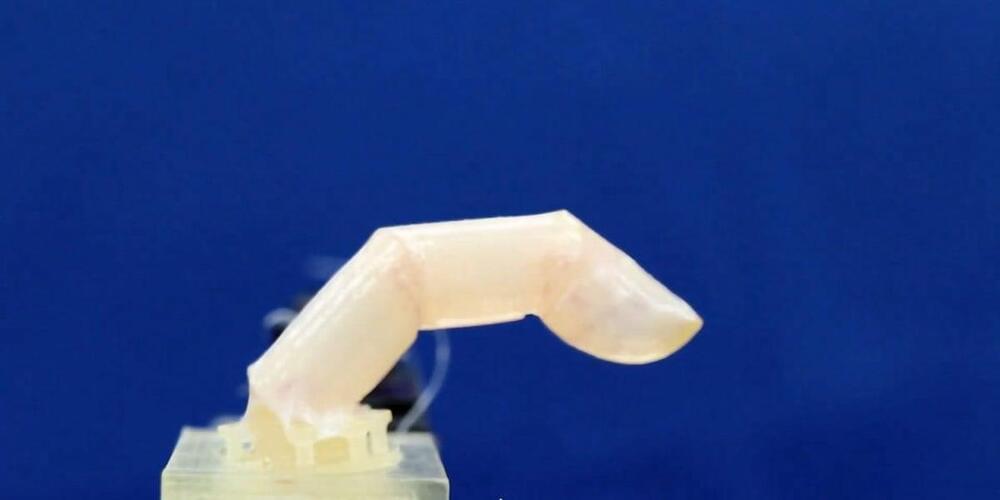They can have abilities their creators did not foresee.


A new science fiction novel does a masterful job of crafting a narrative from an idea long discussed in philosophy: Is the mind needed?



The FBI was able to seize the online marketplace SSNDOB, an illegal website selling data from people around the world.
